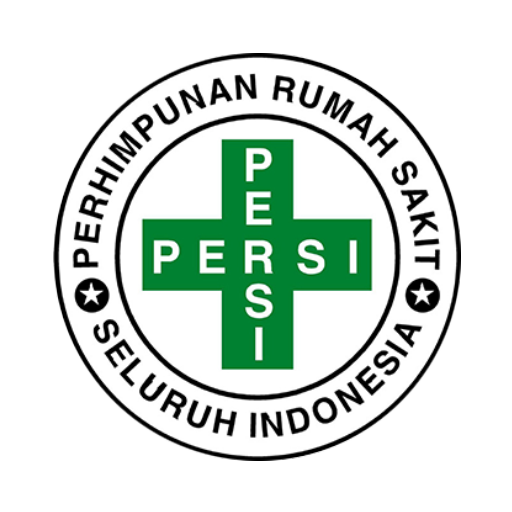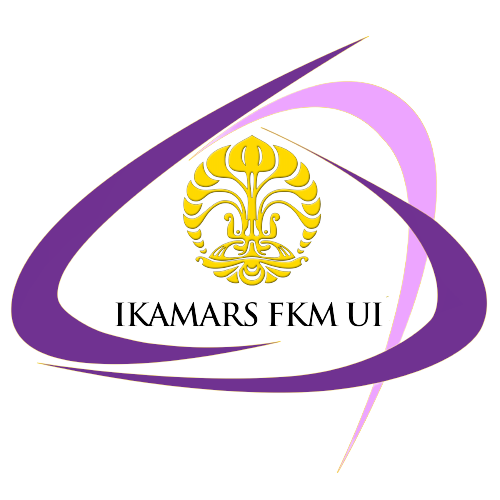Abstract
ABSTRAK Adanya peraturan mengenai rujukan regional yang ditetapkan oleh pemerintah Pusat, mendorong pemerintah daerah Sulawesi Utara untuk menyediakan rumah sakit rujukan regional yang memiliki kemampuan pelayanan sebagai RS kelas B.Untuk pengembangan RSUD Provinsi Sulawesi Utara pada masa depan, dibutuhkan informasi dasar pelayanan, fasilitas, sarana dan prasarana, serta cakupan pasar yang bergantung pada tata kelola sistem, kapabilitas SDM, bangunan fisik dan peralatan serta sumber daya. Tujuan dalam studi ini adalah mengkaji kebutuhan pelayanan RSUD Provinsi Sulawesi Utara yang mencakup kajian demografi, kajian sosio-ekonomi, kajian morbiditas dan mortalitas, kajian kebijakan dan regulasi, kajian lingkungan serta kajian kebutuhan lahan, bangunan dan sumber daya. Metode pengumpulan data primer dilakukan dengan melalui wawancara mendalam dan pengukuran lahan serta telaah dokumen dalam terhadap dokumen laporan kesehatan Provinsi Sulawesi Utara, Laporan Riskesdas Tahun 2013, Sulawesi Dalam Angka, data kepegawaian dan data perlengkapan dan peralatan kesehatan. Hasil kajian menunjukkan bahwa pembangunan RSUD Provinsi Sulawesi Utara sebagai rumah sakit rujukan provinsi dengan rumah sakit setara kelas B dan 400 TT adalah layak dilakukan. Layanan unggulan yang dapat dikembangkan antara lain Pusat Pelayanan Stroke Terpadu dan pelayanan jantung serta pembuluh darah. Untuk pemenuhan pengembangan RSUD tersebut maka perlu ada strategi pemenuhan tenaga SDM kesehatan dan berbagai fasilitas kesehatan pendukung penyelenggaraan RSUD sebagai rumah sakit kelas B. ABSTRACT The existence of regulations regarding regional referrals established by the central government, encourages the North Sulawesi regional government to provide regional referral hospitals that have service capabilities as class B hospitals. For the development of North Sulawesi Provincial Hospital in the future, basic information on services, facilities, facilities and infrastructure, as well as market coverage that depends on system governance, HR capabilities, physical buildings and equipment and resources. The purpose of this study is to examine the service needs of North Sulawesi Provincial Hospital which includes demographic studies, socio-economic studies, studies of morbidity and mortality, study of policies and regulations, environmental studies and studies of land, building and resource needs. The primary data collection method was carried out through in-depth interviews and land measurements and document review on North Sulawesi Province health report documents, 2013 Riskesdas Report, Sulawesi Dalam Angka, staffing data and health equipment and equipment data. The results of the study indicate that the construction of the North Sulawesi provincial hospital as a provincial referral hospital with hospitals equivalent to class B and 400 TT is feasible. Excellent services that can be developed include the Integrated Stroke Service Center and the services of the heart and blood vessels. To fulfill the development of the RSUD, it is necessary to have a strategy to fulfill health human resources and various health facilities to support the implementation of the RSUD as a class B hospital.
Keywords
study; feasibility;planning; development; hospital
References
(1) Ahmad, A. M. (2012). Macro-environment Influences on Hospital Service Strategy in Saudi Private Sector Hospitals: An Empirical Investigation. International Business Research, 49-64.
(2) Artur Ferreira de Toledo, J. D. (2006). Hospital Activities: Environmental Impact and Ecoefficiency Strategies. Journal on Integrated Management of Occupational Health and the Environment.
(3) David Mutia, J. K. (2012). Maintenance Management of Medical Equipment in Hospitals. Industrial Engineering Letters, 9-19.
(4) Efthimia Pantzartzis, F. T.-F. (2017). Sustainable Healthcare Facilities: Reconciling Bed Capacity and Local Needs. Internasional Journal of Sustainable Built Environment, 54-68.
(5) Fortney JC, e. a. (1995). The Effect of Barriers and Age On The Utilization of Alcoholism Treatment Aftercare. American Journal of Drug and Alcohol Abuse, 391-406.
(6) Ginsburg, G. (2004). Human Factors Engineering: A Tool for Medical Device Evaluation in Hospital Procurement Decision Making. Journal of Biomedical Informatics, 213-219.
(7) Haiart D, e. a. (1990). Mobile Breast Screening Factors Affecting Uptake, Effort To Increase Response and Acceptibility. Public Health, 239-247.
(8) McKee, M. &. (2000). The Role of The Hospital In A Changing Environment. World Health Organization.
(9) Mukono, H. (2005). Kedudukan AMDAL dalam Pembangunan Berwawasan Lingkungan yang Berkelanjutan (Sustainable Development). Jurnal Kesehatan Lingkungan , 19-28.
(10) Sameer, P. &. (2003). The Role of Sosio-cultural, Political-legal, Economic, and Education Dimensions in Quality Management. International Journal of Operasions & Production Management, 487-521.








